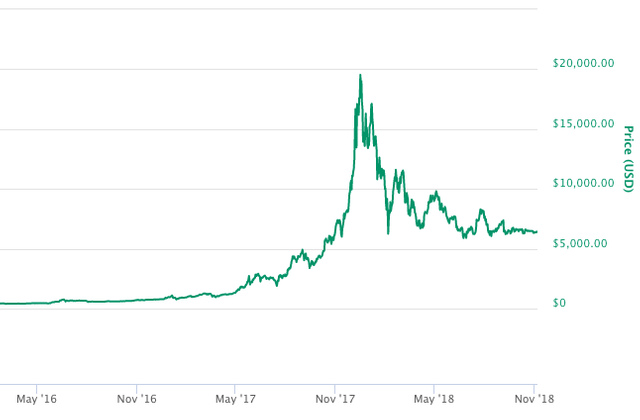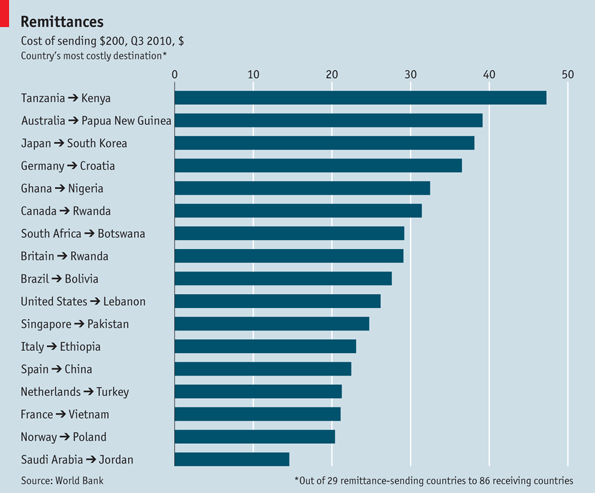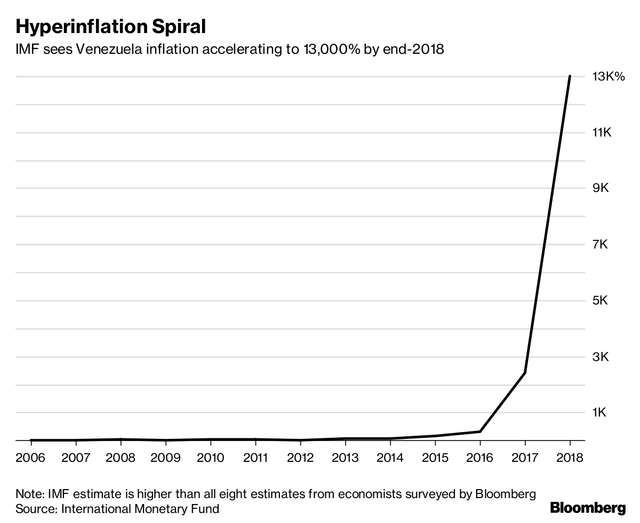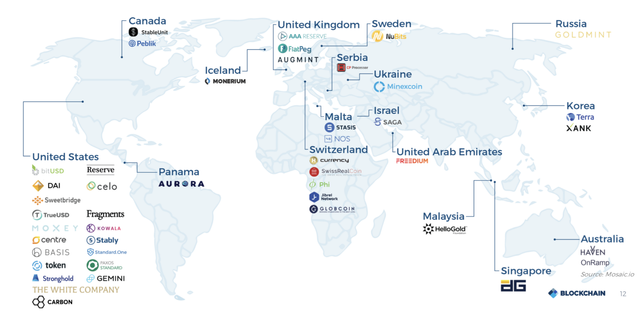Why Stablecoins Matter More Than You Think
Stablecoins have been the hottest topic in the cryptocurrency world for a while now. There have been questions about the solvency of the ecosystem’s most popular stablecoin, Tether’s USDT, and a steady stream of headlines about other stablecoins gaining traction. I believe that much of the public narrative about stablecoins is missing the point, and that in the long term, stablecoins matter much more than many of us realize.
Tether is the most talked about and by far most traded stablecoin in existence today. Tether’s primary use case is as a short term store of value for cryptocurrency traders looking to exit their positions. Traders value and use USDT on crypto exchanges like Bitfinex because it shields them from the extreme volatility of other cryptocurrencies. However, there are many other ways in which stablecoins can be used outside of speculation and trading.
Stablecoins as “programmable dollars” would give fintech developers much more flexibility and room for creativity. Decentralized financial products like consumer loans would not be possible if collateralized by volatile cryptocurrencies. Smart contracts become much more attractive to mainstream users and businesses if they can interact with digital, programmable dollars instead of bitcoin and ether. No one wants to book a vacation rental two months in advance on a decentralized version of Airbnb knowing that the crypto they paid with might be worth triple when their vacation begins. Business owners cannot plan for the future if their assets or revenue are fluctuating wildly in value.
Many of the first wave of blockchain startups focused on the most obvious and perhaps most powerful use case of cryptocurrencies — payments. Companies like Ripple promised to solve the problem of slow payments between banks, especially in the case of cross-border payments, by using cryptocurrencies to settle transactions. The remittance industry was also seen as a target for disruption by cryptocurrencies. Foreign workers trying to send money back home to support their families have to deal with the high fees and long wait times associated with wire transfers or money orders. Innovative fintech products like PayPal, Venmo, and Square Cash don’t allow for large transfers and don’t work across borders. Cryptocurrencies provide fast, cheap, and borderless payments, but historically, this has come at the high user cost of extreme volatility. Stablecoins solve this problem and one can imagine that they may eventually be the dominant form of money globally.
This would not be without controversy. Some people have bristled at the idea of a stablecoin backed by, pegged to, or controlled by fiat currency becoming the predominant form of cryptocurrency. The dream of bitcoin and cryptocurrencies for many was to disintermediate banks and governments to decentralize finance and serve the unbanked. There are billions of people who live without access to banks or under the threat of hyperinflation or asset seizure. Volatile cryptocurrencies are not an easy solution for the unbanked. A stablecoin backed with or pegged to the US dollar would give those people immediate access to the liberating properties of cryptocurrency and the relative stability of the US dollar. This would be of tremendous benefit to humanity and might be the best way to gain mass adoption of cryptocurrencies. It would be one less hurdle for onboarding users to decentralized applications and other technologies if billions of people were already using cryptocurrencies for payments.
There are many different approaches to stablecoins. There are fiat collateralized stablecoins, such as Tether, Trust Token’s TrueUSD, Circle’s USD Coin, the Paxos Standard, and the Gemini dollar. These stablecoins promise to be regulated, transparent, and backed one-to-one by and redeemable at any time for US dollars. These claims have been the subject of intense scrutiny for Tether. There are also crypto-collateralized stablecoins pegged to the dollar like MakerDAO’s DAI and Havven’s nomins. These stablecoins are more complicated, backed by cryptocurrency, and have an associated volatile token that is part of an incentive scheme to reduce volatility of the stablecoin. Even more complex are the algorithmic stablecoins, such as Basis (formerly known as BaseCoin), which has a central bank that automatically contracts and expands supply to keep price stable, and Fragments, which also has an elastic supply that even applies at the wallet level, i.e. if you have 1 μFragment today and demand for μFragments doubles tomorrow, you would have 2 μFragments in your wallet the next day. There are even gold backed stablecoins like Digix Gold and HelloGold as well as many more exotic and hybrid projects in the works.
The amount of developer interest in the stablecoin field demonstrates the massive potential stablecoins have for revolutionizing money and unlocking the potential of smart contracts and decentralized technologies. It remains to be seen which approach will win out. Ultimately, as with the fiat currencies they are trying to disrupt, it may be an issue of trust.




